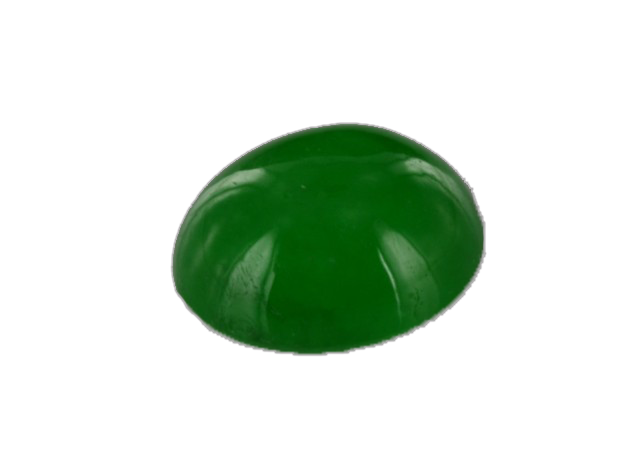
pyroxenes
Je vous emmène à travers mes vidéos découvrir mon expérience acquise depuis plus de 30 ans a silloner le globe entier à la recherche de pierres précieuses, de rencontre mémorables mais aussi de difficulté parfois …
actualités
Categories

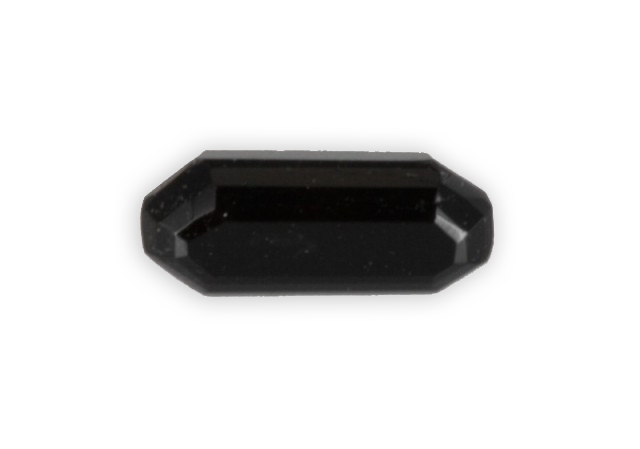
augite
Its name, coming from Latin, was given by Werner and it means bright because the surfaces of its divisions are very bright. Amongst the pyroxenes, augite is a ferromagnesian silicate low in calcium. The fassaite variety is low in iron, the jeffersonite variety is rich
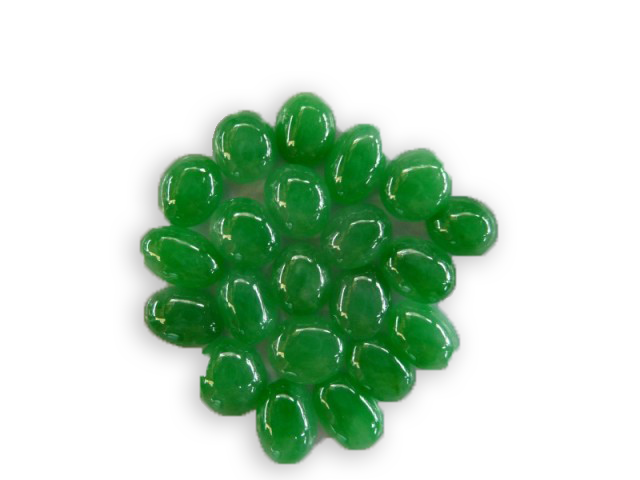
jade
In the nineteenth century, it was shown that the so-called “jade” actually consisted of two distinct minerals: The “Jadeite”, of the pyroxene family, is the hardest and most rare, it has a crystalline sound, its color varies from white to dark green, even lavender. The
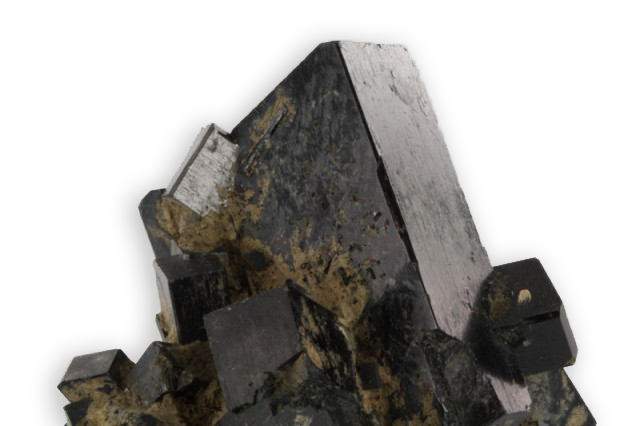
hedenbergite
Its name honors the Swedish mineralogist Ludwig Hedenberg. It is close to diopsides.
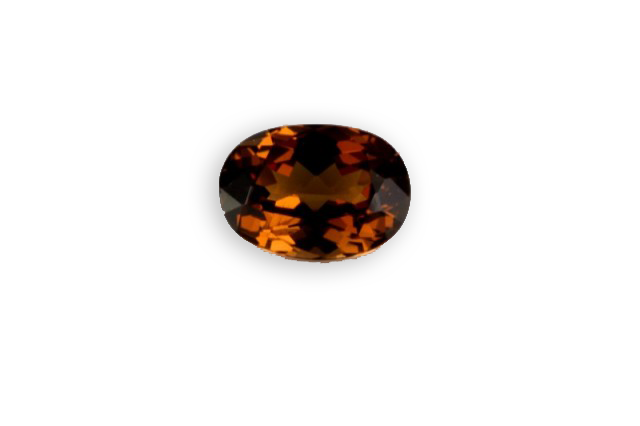
enstatite
Being difficult to melt, it was awarded the name of Greek word meaning “resistant” without really understanding why. The more it contains iron, more the color becomes dark and black. The more its iron content increases, more its density increases. The enstatite forms an isomorphous
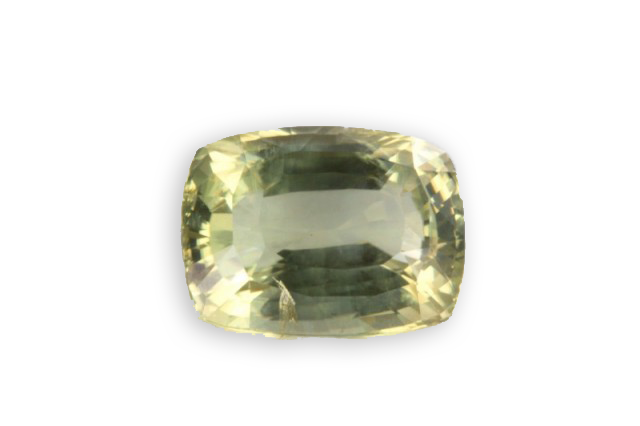
diopside
Its name comes from the Greek, “two” and “appearance” because of the double surface appearance of the prism when it is crystallized. Diopside is also “starred”, “shimmering” and the chromite variety, gemstone essentially coming from Russia, is emerald green. A deposit in Piedmont( Italy )



